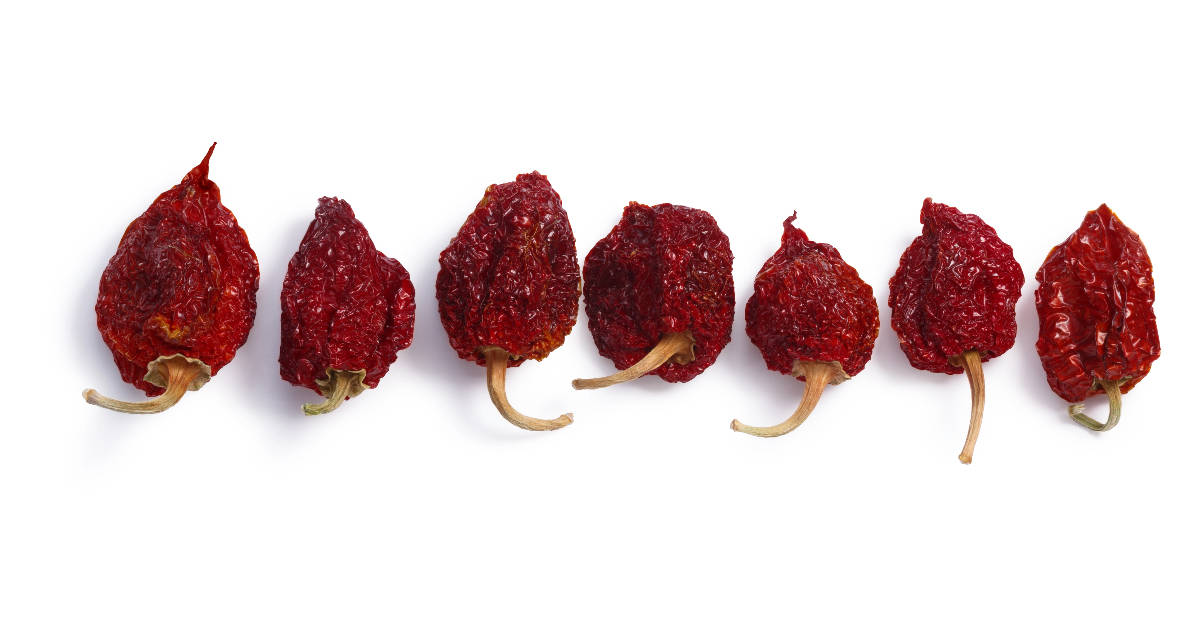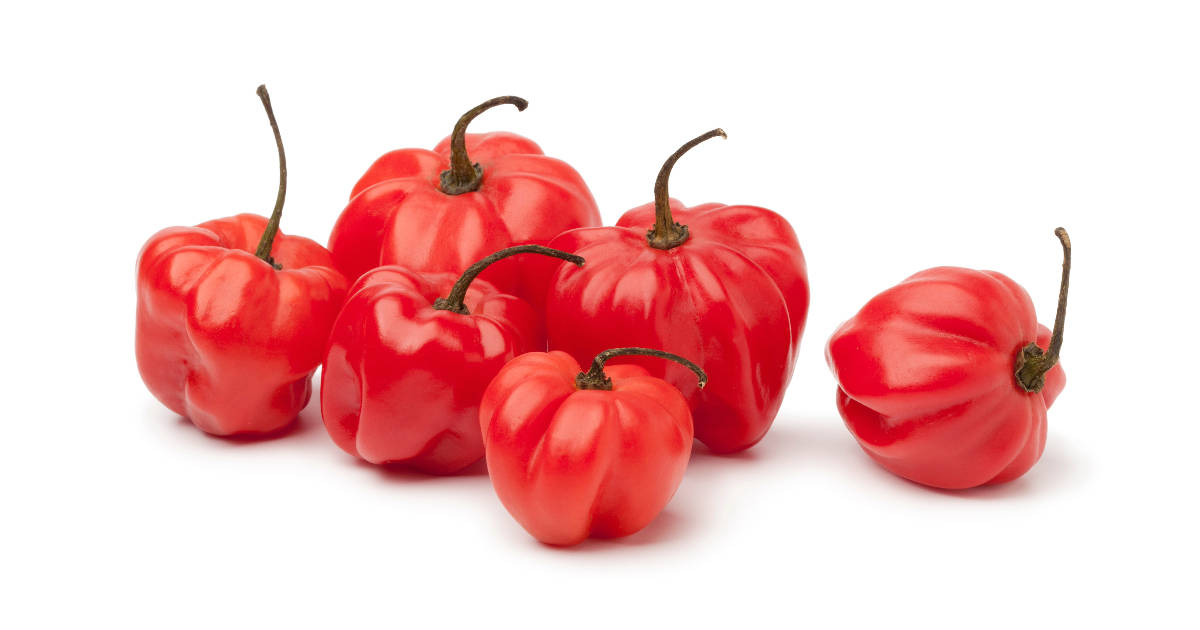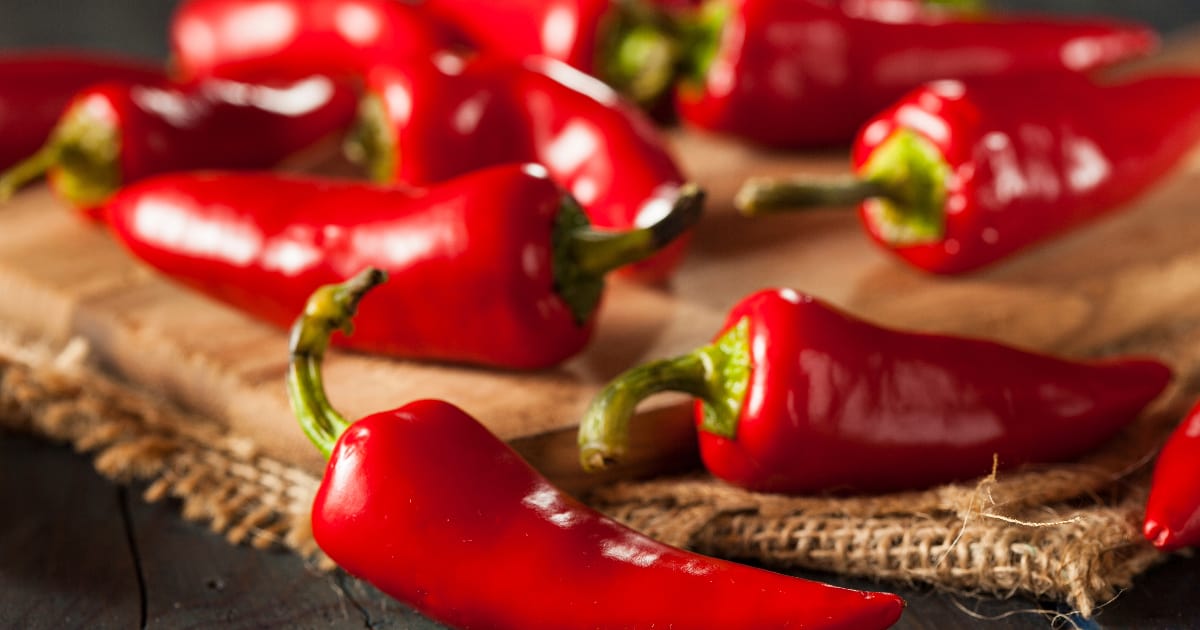When a recipe calls for the intense heat of habanero powder but you don't have any on hand, you need a good substitute to approximate both the spiciness and flavor.

While nothing can exactly match the experience of habanero powder, several alternatives can provide similar fruitiness, heat level, and versatility in cooking.
This guide explores the best substitutes for habanero powder to help you spice up dishes without the exact ingredients.
What is Habanero Powder?
Habanero powder is made from dried habanero peppers, which are known for their intense heat and fruity, citrusy flavor. With a Scoville rating of 100,000 to 350,000 units, habanero powder packs an extremely fiery punch. This bright orange-red powder is commonly used in hot sauces, curry dishes, marinades, and anywhere you want to add serious heat.
Because habanero powder is so spicy, it can be difficult to find a perfect substitute. However, there are a few options to consider that can approximate both the heat level and flavor of habanero powder.
Scotch Bonnet Pepper Powder

One of the best substitutes for habanero powder is scotch bonnet pepper powder. Like habaneros, scotch bonnets rate 100,000 to 350,000 on the Scoville scale, so they offer a similar level of heat.
In terms of taste, scotch bonnets also have a sweet, fruity, tropical flavor that's nearly identical to habaneros. The main difference is that scotch bonnets tend to be even more citrusy and sweet. However, this minor variation won't make a significant difference in most recipes.
You can swap scotch bonnet powder for habanero powder using a 1:1 ratio. The only downside to scotch bonnets is that they can be harder to find than habaneros, depending on where you live. But if you can get your hands on some scotch bonnet powder, it's the closest match.
Jalapeño Powder
For a more readily available, milder substitute, try jalapeño powder. With only 2,500 to 8,000 Scoville heat units, jalapeño powder isn't nearly as hot as habanero powder. However, fresh jalapeños do have some fruity, citrusy notes that are reminiscent of habaneros.
Jalapeño flavor will vary significantly depending on whether the peppers are green (unripe) or red (ripe). Green jalapeños have an overwhelmingly grassy, vegetal flavor. Red jalapeños develop sweeter, fruitier notes as they ripen.
For the best results, look for powder made from red jalapeños. And use about 2-4 times as much jalapeño powder to match the heat of habanero powder. You may also want to combine it with a pinch of cayenne or other pure chili powder to better approximate the intense spiciness.
Cayenne Pepper Powder
With a Scoville range of 30,000 to 50,000 units, cayenne pepper powder isn't quite as hot as habanero powder. But it offers significantly more heat than jalapeño powder.
Cayenne powder does lack the fruity notes found in habanero powder. It has a straightforward spicy flavor. But it can be used in a 1:1 ratio to add ample heat and a bright red-orange color to dishes.
To get closer to the habanero's fruitiness, combine cayenne powder with a small amount of milder chili powder. Ancho or guajillo powders have rich, sweet red chili flavors that nicely complement the heat.
Ghost Pepper Powder
For even more heat than habanero powder, try ghost pepper powder. Also known as bhut jolokia, ghost peppers rate over 1 million Scoville units. They have a similar fruity flavor to habaneros but pack substantially more fire.
Ghost pepper powder should be used very sparingly, at about 1/8 the amount of habanero powder. Approach with extreme caution until you know your tolerance. This stuff is blisteringly hot! But it's an option for hardcore chiliheads seeking to turn up the heat.
Serrano Pepper Powder
With a Scoville rating of 10,000 to 23,000 units, serrano pepper powder brings less heat than habanero powder. But serranos have a bright, crisp flavor that works nicely in some applications.
Both green and red serrano peppers have citrusy, herbal notes. Serrano powder is a little less fruity than habanero powder but can be used in a 1:1 ratio for a milder substitute. Add other hot spices like cayenne to increase the heat if desired.
Ancho Chile Powder
Ancho chile powder is made from dried poblano peppers. It ranks at just 1,000 to 2,000 Scoville units, so it doesn't bring much heat. Instead, ancho powder has a rich, raisin-like flavor with notes of plum and dried fruit.
Combining a small amount of ancho powder with cayenne or chipotle powder makes a flavorful, moderately spicy substitute. The ancho brings sweetness and fruitiness while the others provide heat. Use a ratio of about 4 parts ancho powder to 1 part cayenne or chipotle.
Fresno Chile Powder

At 5,000 to 10,000 Scoville units, Fresno chile powder brings less heat than habanero powder, but it has a nice bright, fresh flavor. Made from red Fresno chiles, it has moderate spice along with raisin and cherry notes.
Use fresno powder in a 1:1 ratio as a flavorful substitute for habanero powder, and add cayenne or crushed red pepper flakes if you want to increase the heat. It provides a rich red color and a nice balance of sweetness and spice.
Guajillo Chile Powder
With only 2,500 to 5,000 Scoville units, guajillo chile powder is mildly spicy. But it has a deep, complex flavor often described as berry-like or prune-like.
Guajillo powder requires the addition of another hotter chili powder like cayenne or ground Thai chiles to substitute for habanero powder. But it contributes lovely fruity, sweet notes that complement the heat very nicely. Use a ratio of about 3 parts guajillo powder to 1 part pure heat source.
Crushed Red Pepper Flakes
A blend of various dried red chili peppers and crushed red pepper flakes offers medium heat of around 3,500 Scoville units. They provide a quick and easy way to add a spice kick along with mild fruitiness.
Use crushed red pepper to replace habanero powder in a 1:1 ratio, and increase the amount to your desired spiciness. Add a pinch of cayenne or chipotle powder for extra heat and smokiness. The texture will be different than a fine powder but can work great for sprinkling as a finishing touch.
FAQ
What's the best habanero powder substitute for recipes?
For the closest match in both heat and flavor, scotch bonnet pepper powder is the best habanero powder substitute. Scotch bonnets have an almost identical Scoville rating and a similar fruity, citrusy taste. The downside is that scotch bonnets can be difficult to find in stores compared to habaneros.
Is cayenne pepper powder spicier than habanero powder?
No, cayenne pepper powder is generally less spicy than habanero powder. Cayenne rates 30,000 to 50,000 Scoville units, while Habanero can reach up to 350,000 units. However, cayenne powder makes a good substitute for adding ample heat and a bright red-orange color to dishes, even if it lacks some of the habanero's fruitiness.
Can I use crushed habanero peppers instead of habanero powder?
Yes, crushing fresh habanero peppers is an easy shortcut for making your own habanero powder substitute. Be sure to remove the seeds and membranes first to control the heat level. Then mince the peppers very finely or use a spice grinder. Adjust the amount to achieve your desired spiciness. This will provide authentic habanero flavor.
What's a good mild substitute for habanero powder?
For a milder, more accessible substitute, try jalapeño powder. With only 2,500 to 8,000 Scoville units, jalapeño powder is much less hot than habanero powder. But it has some similar fruity notes when made from red jalapeños. Use 2 to 4 times as much jalapeño powder to approximate the heat. Guajillo and ancho chile powders are other good mild options.
Can I use Thai chili powder instead of habanero powder?
Yes, Thai chili powder makes an excellent habanero powder substitute. Thai chiles are small peppers that rate 50,000 to 100,000 Scoville units, so they bring significant heat along with bright, tropical fruitiness. Use Thai chili powder in a 1:1 ratio for recipes calling for habanero powder to add both spice and citrusy flavor.
Conclusion
With a Scoville rating reaching up to 350,000 units, genuine habanero powder offers an extremely spicy kick that's hard to replicate. But armed with the right substitution options, you can come very close to mimicking habanero powder's blend of heat and fruit-forward flavor.
Choices like scotch bonnet powder, cayenne powder, and combinations of mild and hot chili powders all make excellent stand-ins. While more limited in heat, alternatives like jalapeño and guajillo powders also bring nice fruitiness.
Get creative mixing and matching to find your perfect habanero powder substitute for turning up the spice factor.

